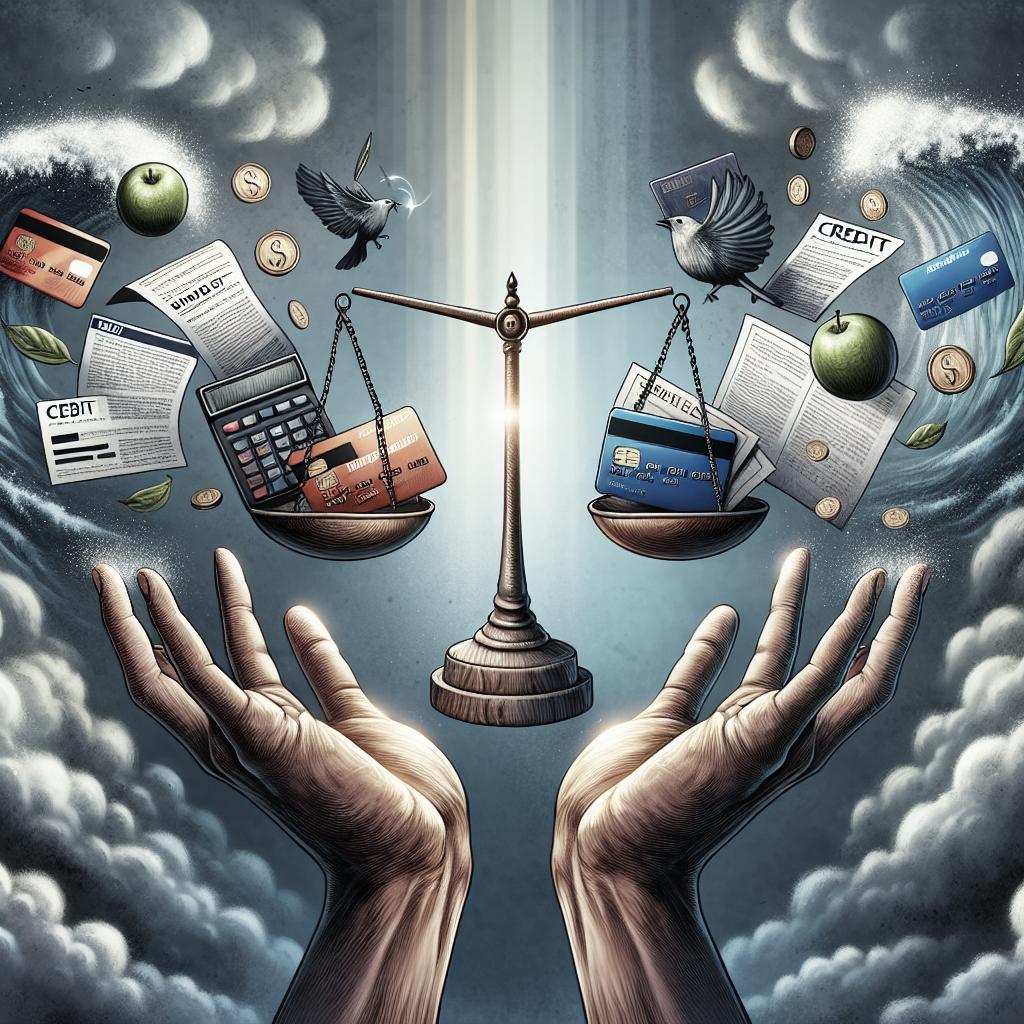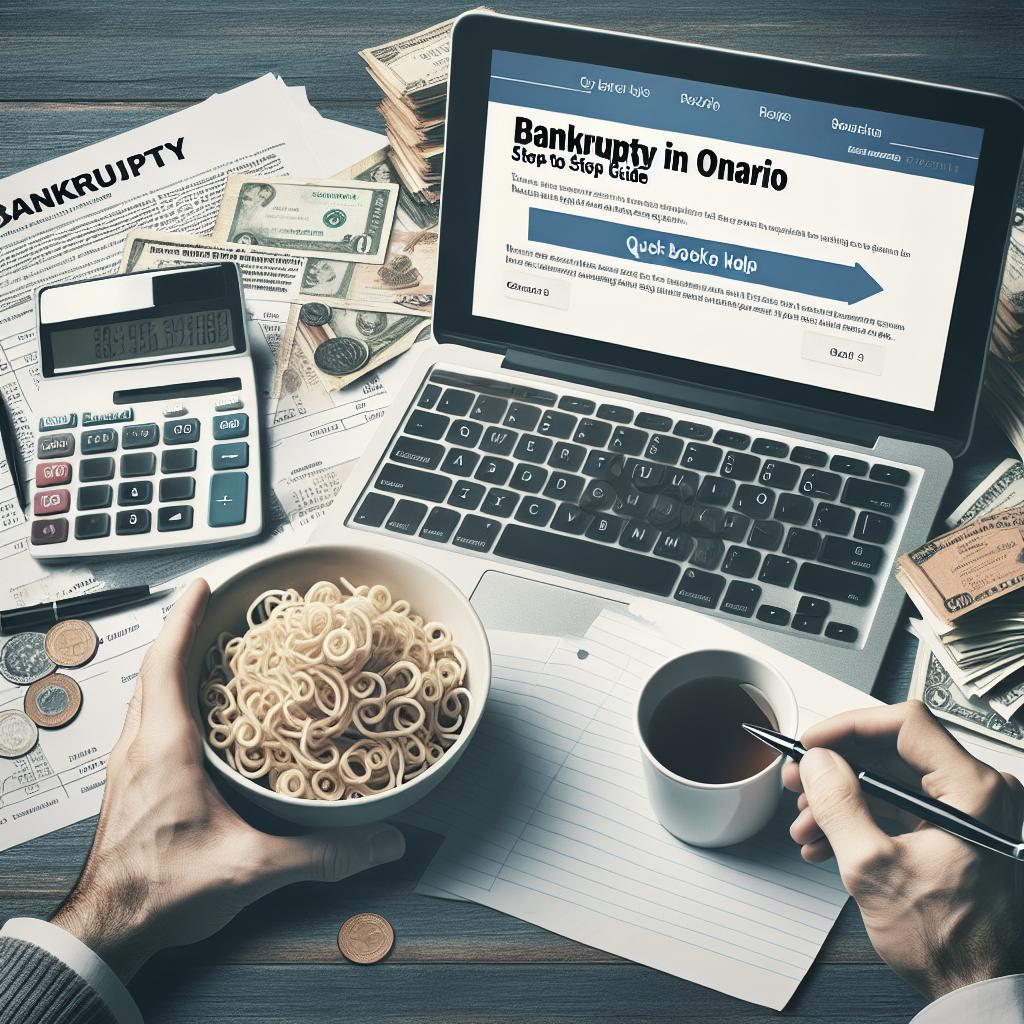In today’s complex financial landscape, many individuals find themselves struggling with overwhelming debt. One solution that has gained popularity is the consumer proposal, a legally binding agreement to settle your debt with reduced payments over an extended period. But how does it work, and is it the right choice for you? This comprehensive guide explores what a consumer proposal is, the qualifications, steps involved, and its impact on your credit score. We’ll also delve into the pros and cons to help you make an informed decision. Whether you’re considering this option or simply curious, this post aims to provide a complete understanding of consumer proposals.
Using a consumer proposal to settle your debt
Using a consumer proposal is one approach to debt settlement that offers a structured and legally supervised method of paying back a portion of your debts. Unlike declaring bankruptcy, which involves liquidating assets, a consumer proposal allows you to keep your assets while making manageable payments to your creditors. This makes it an attractive alternative for many who want to avoid the potentially severe financial consequences of bankruptcy. This method doesn’t just help you settle debts but also gives you the chance to rebuild your financial stability in a more controlled, less disruptive manner. It offers a potential lifeline for those overwhelmed by debt but committed to honoring their obligations in a feasible way.
What is a consumer proposal?
A consumer proposal is essentially a formal offer made to your creditors to pay a portion of what you owe over a period of up to five years. It’s a legally binding agreement that requires the assistance of a Licensed Insolvency Trustee (LIT), who will guide you through the process. Once accepted, it halts all legal actions against you and freezes interest on your debts. It’s crucial to understand that a consumer proposal is not a loan. Instead, it restructures your existing debt into a more manageable format, allowing you to pay back what you owe based on your ability to pay.
Quick facts
– A consumer proposal lasts up to five years. – You must work with a Licensed Insolvency Trustee to file. – Once accepted, all creditor actions, including wage garnishments and lawsuits, are stopped. – It negatively impacts your credit score but is often less harmful than bankruptcy. – Debt repayment amounts can be significantly reduced, sometimes by as much as 70%.
Is a consumer proposal right for me?
Determining whether a consumer proposal is right for you depends on your financial situation and goals. Are you struggling with multiple unsecured debts like credit cards and personal loans? Do you have a stable income but find it impossible to catch up due to high interest rates and fees? A consumer proposal can be a viable option if you want to avoid the stigma and severe credit impact of bankruptcy while still addressing your debt problem. It’s also a good fit if you own significant assets that you’d like to retain, such as a home or car. However, if your financial situation is completely unmanageable and you lack a steady income, bankruptcy might still be the more appropriate choice. Consulting with a Licensed Insolvency Trustee can help you weigh these options effectively.
How do I qualify for a consumer proposal?
To qualify for a consumer proposal, you need to have a total debt amount ranging between $1,000 and $250,000, not including your mortgage. You must demonstrate that you’re unable to pay your debts as they become due but have a steady income source that can accommodate a simplified payment plan. Another key factor is your ability to negotiate a fair settlement with your creditors. Your Licensed Insolvency Trustee will assist in reviewing your financial situation to craft a proposal that’s likely to be accepted by the majority of your creditors. Creditors typically look for evidence that the proposal offers them a better outcome than if you were to file for bankruptcy, so your income and potential for future earnings play a significant role in this evaluation.
Debts eligible for a consumer proposal
Consumer proposals can be used to settle a variety of unsecured debts. These include: – Credit card debt – Personal loans – Lines of credit – Unpaid utility bills – Student loans (under certain conditions) – Income tax debt However, some debts are not eligible for inclusion in a consumer proposal. These include: – Secured debts such as mortgages or car loans – Alimony or child support payments – Court fines or penalties – Debts resulting from fraud Understanding which debts you can include is essential for crafting a realistic and effective proposal.
How a consumer proposal works
1. Find a Licensed Insolvency Trustee
The first step in filing a consumer proposal is to find a Licensed Insolvency Trustee (LIT). These professionals are federally regulated and possess the necessary expertise to guide you through the process. You can search for a qualified LIT through official government websites or by personal recommendations.
2. Receive a free debt assessment
Once you’ve selected a Licensed Insolvency Trustee, you’ll undergo a comprehensive debt assessment. This free evaluation helps the trustee understand your financial situation, including your income, expenses, assets, and debts. The assessment serves as the basis for crafting your consumer proposal.
3. Craft your proposal
Using the information gathered during the assessment, the trustee will help you craft a proposal that details the terms of debt repayment. This involves negotiating a reduced amount to be paid to your creditors over an agreed period, typically three to five years.
4. Get credit approval
After the proposal is crafted, it’s submitted to your creditors for approval. Creditors have 45 days to accept or reject the proposal. Acceptance typically requires approval from creditors holding at least 50% of your total debt value. If your proposal is accepted, it becomes legally binding for all parties involved.
5. File your proposal
Once approved by your creditors, your Licensed Insolvency Trustee will file your consumer proposal with the Office of the Superintendent of Bankruptcy (OSB). This filing stops all legal and collection actions against you, offering immediate relief.
6. Complete the payment plan
Upon filing, you’ll follow the agreed-upon payment plan, making regular payments to your Licensed Insolvency Trustee, who in turn distributes these payments to your creditors. Sticking to this plan is crucial, as missing payments could nullify the agreement and potentially lead to more severe financial consequences.
7. Receive release from your debts
After fulfilling all your payment obligations as outlined in the proposal, you receive an official release from the included debts. This brings the process to a successful close, marking a significant step towards regaining financial health.
Consumer proposals and your credit
One of the downsides of a consumer proposal is its impact on your credit score. When you file, a note is placed on your credit report indicating that you’re adhering to a debt repayment plan through a consumer proposal. This notation stays on your credit report for three years after you’ve completed the proposal or six years from the filing date, whichever is earlier. While this negative marking may seem discouraging, it’s important to remember that it’s often less detrimental than the impact of a bankruptcy filing. Plus, many individuals find their credit scores slowly improve as they adhere to the proposal and consistently make payments.
Consumer proposal pros and cons
Like any financial solution, consumer proposals come with their own set of advantages and disadvantages. Understanding these can help you make a more informed decision. Pros: – Legal protection from creditors – Reduced total debt amount – No additional interest accrued – Keep your assets – More manageable payment terms Cons: – Negative impact on your credit score – Long-term financial commitment – Not all debts are eligible – Potential for proposal rejection by creditors
What is the cost of a consumer proposal?
The costs associated with a consumer proposal can vary, but generally, they involve the following: – Initial filing fees – Administration fees for the Licensed Insolvency Trustee – Payment plan installments to creditors One of the benefits of a consumer proposal is that the Licensed Insolvency Trustee’s fees are often included in your payments, meaning you don’t have to pay additional out-of-pocket costs. Always ensure you understand the full cost breakdown before proceeding.
Consumer proposal FAQ
Q: Can I include all my debts in a consumer proposal? A: No, only unsecured debts can be included. Secured debts like mortgages or car loans, and obligations like alimony and child support, are not covered. Q: How long does the consumer proposal process take? A: The initial setup can take a few weeks, and the repayment period can last up to five years. Q: What happens if my creditors reject the proposal? A: If the proposal is rejected, you may need to renegotiate the terms or consider alternative debt solutions like bankruptcy. Q: Can I pay off my proposal early? A: Yes, you can pay off the consumer proposal early without penalties, which can help you rebuild your credit more quickly. Final thoughts | Aspect | Details | |——————————————–|————————————————————————————————-| | Debts Covered | Unsecured debts (credit cards, personal loans, etc.) | | Process Duration | Up to five years for repayment | | Impact on Credit | Stays on credit report for 3 years after completion or 6 years from filing date | | Pros | Retain assets, reduced debt, manageable payments, legal protection from creditors | | Cons | Negative credit impact, long-term commitment, not all debts are eligible, possible rejection | | Cost | Filing fees, trustee fees (included in repayment plan), no extra out-of-pocket costs | | Eligibility | Debt between $1,000 and $250,000, steady income, willingness to negotiate with creditors | Understanding the ins and outs of consumer proposals can help you make the best decision for your financial future. While not without its drawbacks, a consumer proposal can offer a structured, less disruptive way to manage and settle your debts. If you’re facing financial difficulties, consulting with a Licensed Insolvency Trustee can be a valuable step toward regaining control over your financial health.


